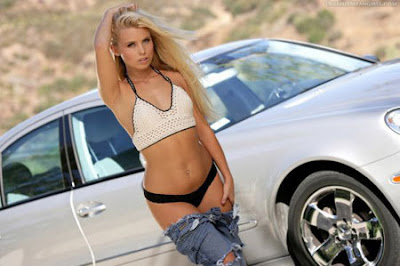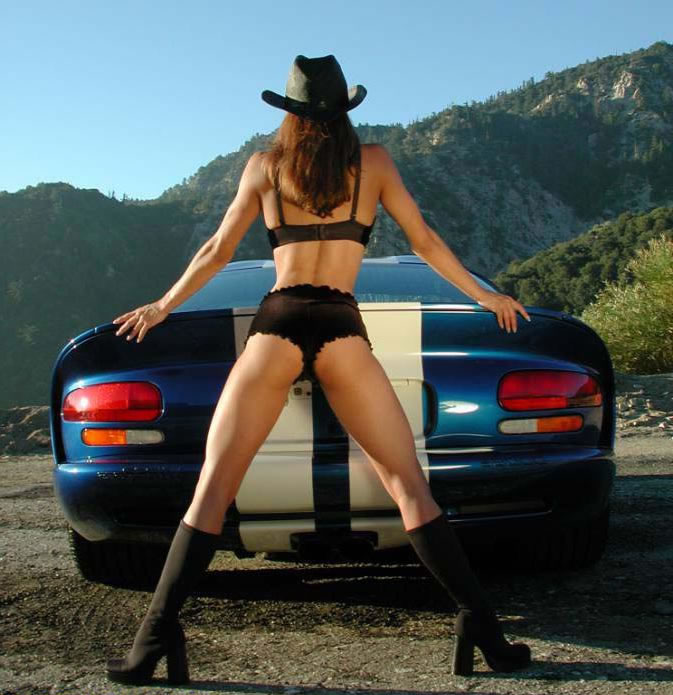|
|
|---|
Friday, November 16, 2007
However, we’re getting ahead of our narrative. What you really want to know is the hardware story, what the hardware adds up to in terms of performance, what it costs, and how all of this stacks up versus the other pocket-rocket players. So let’s address those power points in that order.
Mechanically and cosmetically, the not-so-blank canvas on which the SRT troops were invited to exercise their go-faster artistry represented a much bigger challenge than did the Neon. Tall (59.7 inches), brickish, and ungainly, the Caliber isn’t the kind of car that activates the salivary glands of street racers. But you play the cards you’re dealt, and considering the nature of the base car, the SRT achievement is impressive.
The first order of business was the suspension. Although there were no concerns with chassis rigidity—the front-shock-tower connecting brace common to so many factory hot-rod packages is conspicuous by its absence here—the team had to figure out how to make a big reduction in ride height and still retain acceptable ride and handling. There were two reasons for the lowering job. One—minor—was cosmetic. Getting the car a little closer to the ground, and filling the wheel wells with 7.5-by-19-inch cast aluminum wheels, makes it easier to sell the idea that this Caliber has attitude. Second, reducing the ride height—1.1 inches front, 0.8 inch rear—helped to reduce torque steer by making the half-shaft angles essentially flat between the differential and the wheels.
Mechanically and cosmetically, the not-so-blank canvas on which the SRT troops were invited to exercise their go-faster artistry represented a much bigger challenge than did the Neon. Tall (59.7 inches), brickish, and ungainly, the Caliber isn’t the kind of car that activates the salivary glands of street racers. But you play the cards you’re dealt, and considering the nature of the base car, the SRT achievement is impressive.
The first order of business was the suspension. Although there were no concerns with chassis rigidity—the front-shock-tower connecting brace common to so many factory hot-rod packages is conspicuous by its absence here—the team had to figure out how to make a big reduction in ride height and still retain acceptable ride and handling. There were two reasons for the lowering job. One—minor—was cosmetic. Getting the car a little closer to the ground, and filling the wheel wells with 7.5-by-19-inch cast aluminum wheels, makes it easier to sell the idea that this Caliber has attitude. Second, reducing the ride height—1.1 inches front, 0.8 inch rear—helped to reduce torque steer by making the half-shaft angles essentially flat between the differential and the wheels.
Labels: Automobiles Reviews
Subscribe to:
Post Comments (Atom)






















0 comments:
Post a Comment